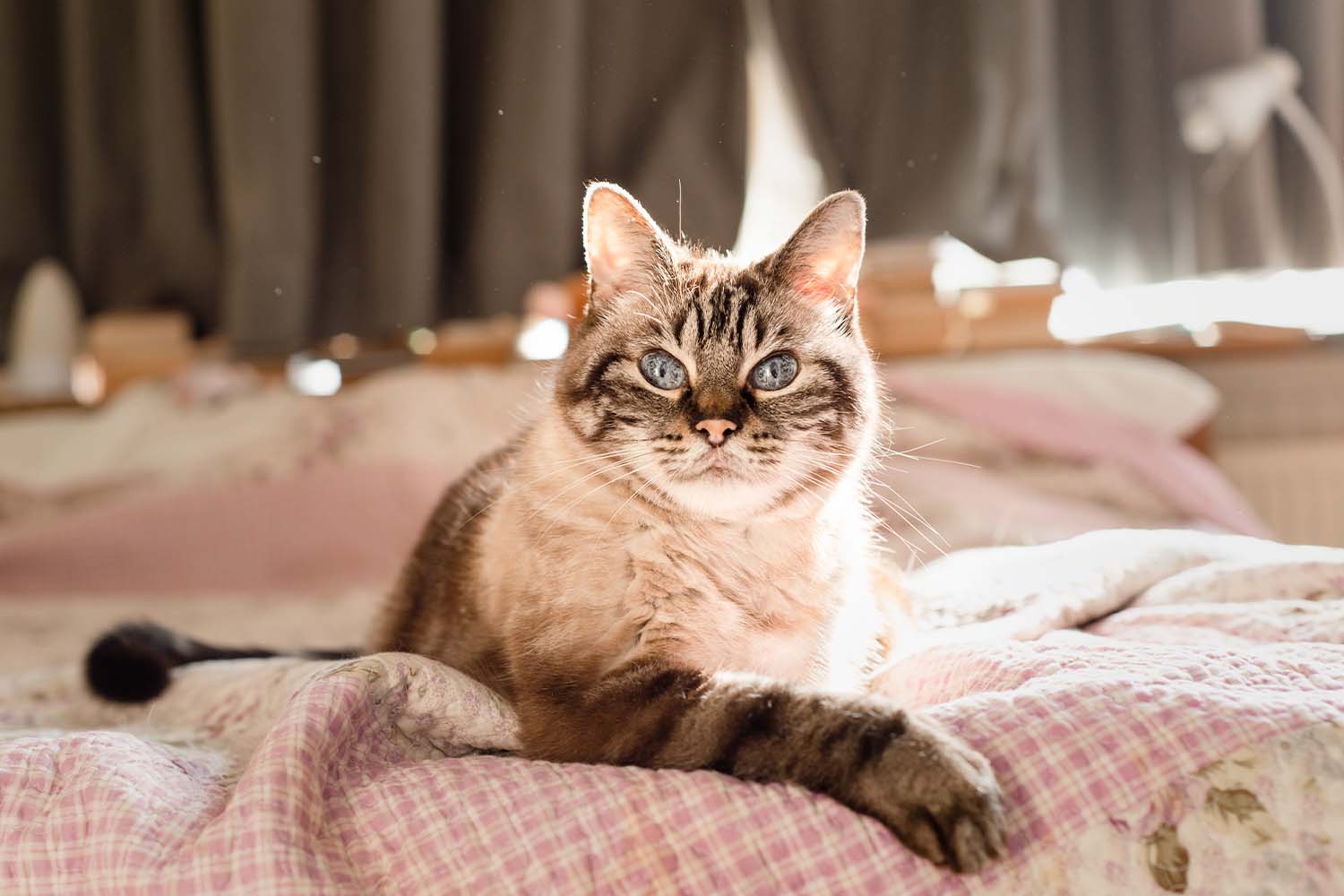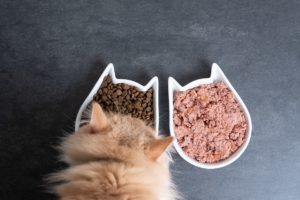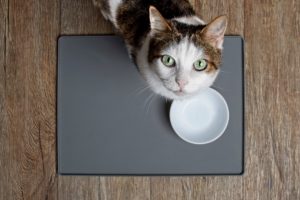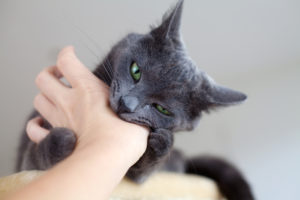If you’re the pet parent of a furry feline, you know that cats are mostly self-sufficient when it comes to grooming. Although cats bathe and groom themselves, sometimes their diligent grooming isn’t enough, and they may develop some health issues.
One of these potential problems is cat dandruff. Not to worry — there are things you can do to recognize this problem and ensure that their health is maintained.
Continue reading to learn about what causes cat dandruff and a few possible treatments and solutions.
What Is Cat Dandruff?
Cat dandruff is similar to human dandruff. It is a condition that causes your cat’s skin to flake and become dry, which can be uncomfortable for them. This is normal when it occurs in small amounts, but large amounts of dandruff may require treatment as it could be a sign of underlying health issues.
Let’s talk about the potential causes of dandruff and some health issues it could indicate.
Why Does My Cat Have Dandruff?
Many factors can cause dandruff, ranging from the quality of your cat’s diet to skin infections. The treatment of your cat’s dandruff will vary based on the cause and severity.
Here are a few things that might be causing your cat’s dandruff:
Obesity
Obesity can inhibit your cat’s ability to groom themselves, leading to a build-up of dandruff in certain areas of their body.
Arthritis
If your cat has arthritis, they may be uncomfortable, and avoid grooming. The decline in their usual grooming habits could increase the likelihood of dandruff. In this case, as with any other underlying condition, the dandruff should improve once the arthritis is treated.
Infections
Additionally, skin and fungal infections can play a role in developing dandruff as they cause trauma to your cat’s skin. The treatment of these infections will differ based on the type of infection, but treating the infection should resolve the dandruff.
External Parasites and the Cheyletiella Mite
External parasites can cause dandruff by feeding off of skin cells. Most parasites can be managed with flea treatments, but there is one particular parasite you should be wary of.
The Cheyletiella mite is contagious and can result in skin irritation as well as hair loss and sores if your cat reacts by scratching or over-grooming to soothe themselves. It is also referred to as Cheyletiellosis or walking dandruff because the mites move along the skin.
Moisture
If the air in your home is dry, it could be taking the moisture out of your cat’s skin. This can cause dandruff and worsen dandruff that may already be present.
Diet
Your cat’s diet can affect skin and coat health drastically. Certain deficiencies in their diet can lead to dandruff, but there are changes to their food that you can make to prevent it.
Possible Solutions for Cat Dandruff
If your cat has dandruff, it is best to discuss options with your vet before attempting to treat it. They can help you determine the condition’s source and guide your cat back to their normal, happy self.
Here are a few things your vet might suggest:
Use a Humidifier
Using a humidifier in your home can add moisture to the air, reducing the chances of dandruff.
Keep Them Hydrated
Increasing your cat’s water consumption could also help. One way to do this is by adjusting their diet to include wet food. You could also purchase a drinking fountain as some cats prefer running water over a water bowl.
Try Topical Products
Topical products such as sprays and shampoos can assist in moisturizing your cat’s skin. It is essential to only use products meant for animals, as products meant for humans could contain chemicals and other ingredients that may be harmful to your cat.
Help With Grooming
If they are struggling to groom themselves, brushing your cat on a regular basis can remove dandruff while spreading the skin’s natural oils. This can be relaxing for them as it massages the skin and supports blood flow.
Flea Treatment
If external parasites such as fleas are the cause, your vet might recommend a form of flea and tick treatment to get rid of the pests. Talk to your vet to find the best option for your cat.
Weight Loss
If obesity is the main factor in their dandruff, your vet may suggest steps to help your cat lose weight. This could include changes to their diet or incorporating exercise into their routine. Consult your DVM before making these adjustments, as your cat’s age and breed are important factors in their ideal body weight.
Weight Loss Basics
There are several changes you can make to your cat’s lifestyle to help them lose weight and maintain a healthy weight.
Some possible solutions include:
- Use an automatic feeder: Automatic feeders measure and release a preset amount of food every day, which can help prevent overeating.
- Increase playtime: Adding play to their daily routine can help burn calories naturally. Try a variety of different toys to keep things interesting.
- Use treat toys: Treat toys are another way to stimulate physical activity. This forces your cat to exercise in order to get treats, keeping them distracted as they gradually lose weight.
- Go for walks: If your cat enjoys being outside, you might want to take them on walks. It is safest to use a harness and leash instead of a collar. Using treats as an incentive while they get used to the leash can make leash training easier and more enjoyable.
- Adjust their feeding schedule: Feeding them once a day may increase overeating, as they could become more hungry throughout the day afterward. Rather than having one specific feeding time, try separating their normal amount of food into smaller meals and feeding them multiple times per day.
- Move their litter box and bowls: For cats who aren’t inclined to spend time outdoors, changing the location of their bowls and litter box frequently encourages movement as they have to search for them daily.
Other Solutions
While you should always talk to your vet before making changes to your cat’s lifestyle, there are several products and treatments you can use at home once your vet determines the source of your cat’s dandruff.
Let’s talk about a few of them:
Flea Treatments
You can choose which flea treatment to use based on what your cat might be most comfortable with. Some treatments are topical products that are applied directly to the skin, while other treatments come in the form of oral tablets or flea prevention collars.
Here are a few options:
- Flea prevention collar: Collars such as this one can be an easy way to treat and prevent fleas.
- Chewable tablets: Oral flea preventatives are a great option if your cat is comfortable with taking medications by mouth.
- Topical flea treatments: Topical flea treatments can be effective as long as they are applied to an area of the body where the cat won’t remove the medicine from their fur during grooming. Applying the treatment under the skin on the top of their head works best.
Grooming Brushes
You can use several different types of grooming brushes. Before starting your at-home feline spa, consider your cat’s temperament, age, and fur type when looking for the right brush.
Here are some options:
- Soft-bristled brushes: These work well for cats with sensitive or dry skin. It is used primarily on the top coat and won’t cause further skin irritation. It can also distribute skin oils which naturally help moisturize the skin.
- Rubber brush: These may be more comfortable for your cat if other brushes, such as metal brushes, are too harsh.
Ask for Professional Advice
Cat dandruff isn’t fun for anyone. It’s not fun for us, and it’s certainly not fun for our feline friends. If you are looking for some guidance and tips on pet care (from your cat to your lizard to fish — basically, the whole menagerie), you can rely on AskVet.
Access 360° Pet Care with AskVet for $9.99 a month.
Sources:
Don’t Brush Off Feline Dandruff | CVMBS News
Pet Dandruff: Causes & How to Prevent Its Buildup | VetDERM Clinic
Dandruff – Cat Owners | Pets and Parasites
The Dos and Don’ts of Walking Your Cat | Texas Humane Heroes







